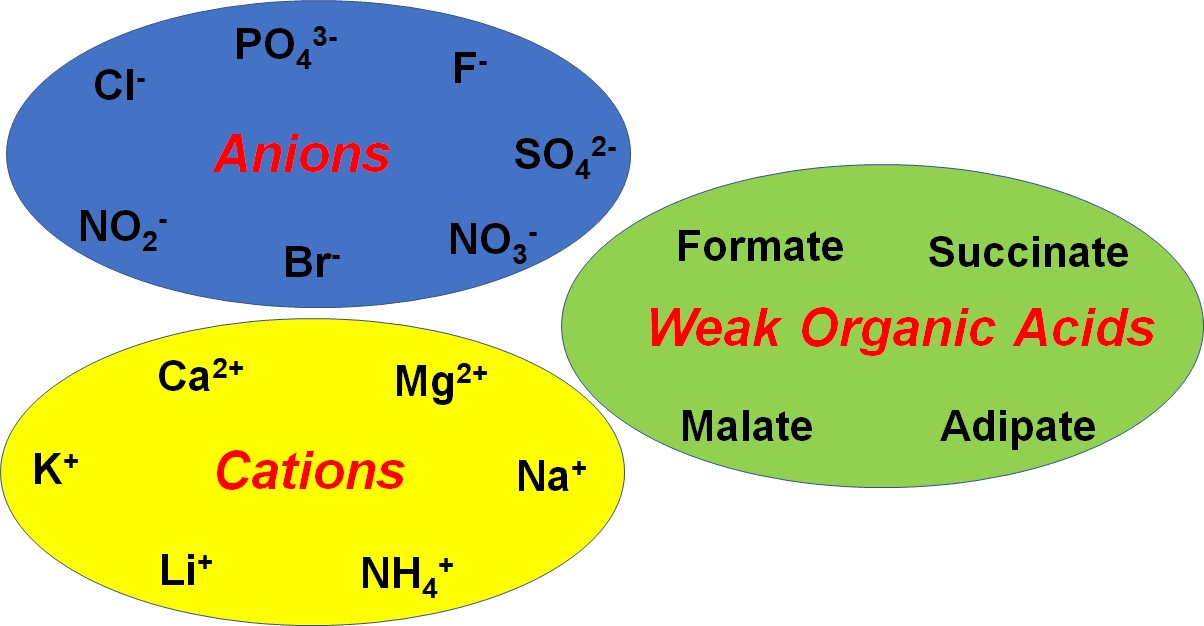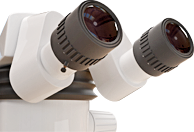Ionic Contamination and Cleanliness Investigations
 Ionic Contamination is an issue that affects a wide range of industries and is typically defined as the presence of anions, cations and weak organic acids (WOAs). Example of these species are:
Ionic Contamination is an issue that affects a wide range of industries and is typically defined as the presence of anions, cations and weak organic acids (WOAs). Example of these species are:
- Anions: fluoride, chloride, bromide, nitrate, phosphate and sulphates
- Cations: lithium, sodium, calcium, potassium, magnesium and ammonia
- WOAs: Formate, Adipate, Malate, Succinate.
LPD Lab Services combines ion chromatography (IC) analysis, standard methods and experienced staff to detect and quantify ionic contamination for a wide range of customers and industries.
Some examples of industries where ionic contamination is a particular issue are:
- Printed circuit board manufacturing where ionic residues can lead to corrosion of components and hence premature failure in service.
- Component manufacture where the corrosion of components could lead to serious quality concerns i.e. aerospace, automotive and nuclear industries.
- Corrosion failures in hot and cold-water pipe and recirculated closed systems for the construction and insurance loss adjustment industries.
- Assessment of potential damage created by acidic smoke damage in fires.
Similar to PCBs, there are some components where ionic chemicals are either used or are contaminants resulting from the manufacturing process. Typical examples include aluminium castings, engine components or central heating boilers. Manufacturers may be asked by their customers to provide evidence that their cleaning processes have removed ionic contaminants.
Using approved in-house methods used for analysing PCBs IPC-TM-650 2.3.28, components can be analysed for cleanliness. LPD Lab Services can supply wipes/swabs for customers to swab target areas. These are sent back to LPD where they are soaked in pure water to release any ionic species. The water is then analysed and the data combined with the swabbing area information to give a weight per unit area.

